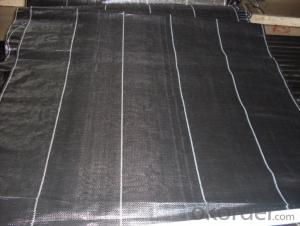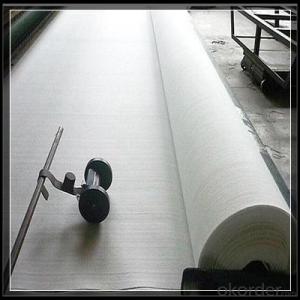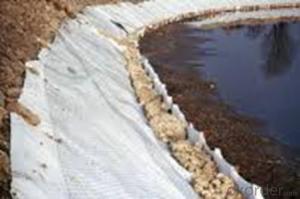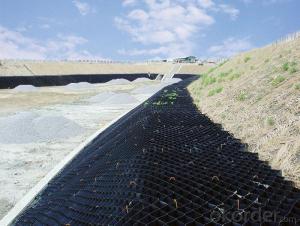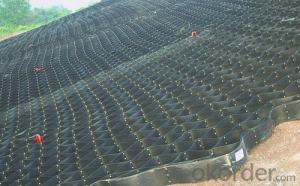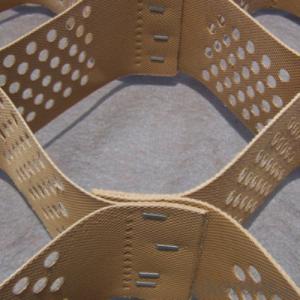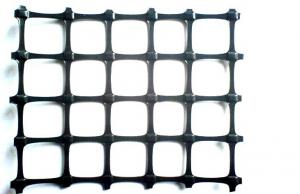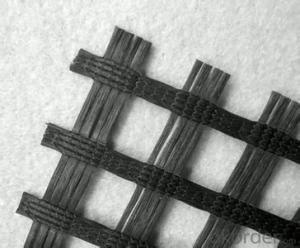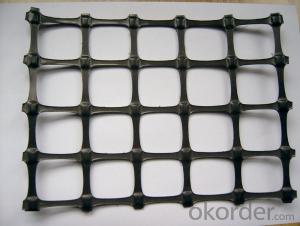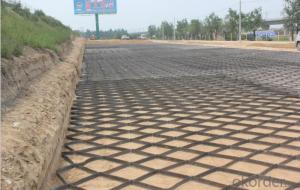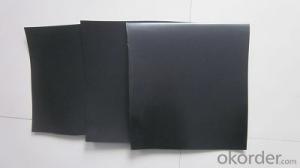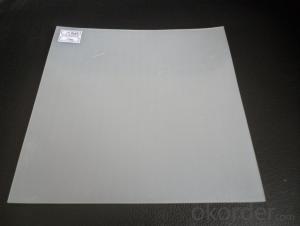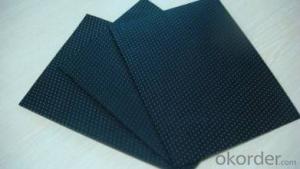All Categories
- - Steel Wire Rod
- - Steel Coils
- - Steel Profiles
- - Steel Pipes
- - Stainless Steel
- - Tinplate
- - Special Steel
- - Steel Sheets
- - Steel Rebars
- - Steel Strips
- - Hot Rolled Steel
- - Cold Rolled Steel
- - Pre-painted Steel
- - Seamless Steel Pipe
- - Welded Steel Pipe
- - Hollow Steel Tubes
- - Galvanized Pipe
- - Stainless Steel Coil
- - Stainless Steel Sheet
- - Stainless Steel Plate
- - Stainless Steel Strips
- - Electrolytic Tinplate Coil
- - Electrolytic Tinplate Sheet
- - Stainless Steel Rebars
- - Solar Panels
- - Solar Water Heater
- - Solar Related Products
- - Solar Inverter
- - Solar Cells
- - Solar Light
- - Solar Energy Systems
- - Solar Controllers
- - Solar Mounting System
- - Solar Pump
- - Solar Chargers
- - Fiberglass Chopped Strand
- - Fiberglass Mesh Cloth
- - Composite Pipes
- - FRP Pultrusion Profiles
- - Fiberglass Mat Tissue
- - Fiberglass Fabrics
- - Fiberglass Mesh
- - Composite Tank
- - Fiberglass Mesh tape
- - Polymer
- - FRP Roofing Panel
- - Fiberglass Roving
- - Monolithic Refractories
- - Ceramic Fiber Products
- - Refractory Bricks
- - Raw Materials For Refractory
- - Suspended Platform
- - Cranes
- - Concrete Machinery
- - Earthmoving Machinery
- - Building Hoist
- - Road Building Machinery
- - Plastic Pipe Fittings
- - Plastic Tubes
- - Plastic Sheets
- - Agricultural Plastic Products
- - Plastic Nets
 All Categories
All Categories
Q & A
What is the role of settlement analysis in earthwork projects near existing structures and developments?
The role of settlement analysis in earthwork projects near existing structures and developments is to assess the potential impact of the construction activities on the surrounding structures and ensure their stability and safety. It involves analyzing the soil conditions, calculating the expected settlement, and determining the necessary measures to mitigate any adverse effects such as foundation damage or structural instability. Settlement analysis helps in designing appropriate earthwork techniques and construction methods to minimize settlement and prevent any detrimental consequences to nearby structures.
How are safety practices adapted for earthwork in densely populated urban areas?
Safety practices for earthwork in densely populated urban areas are adapted by implementing stringent measures to minimize risks to both workers and the public. These adaptations include careful planning and coordination, regular inspections, use of advanced technology for monitoring and communication, proper signage and barricading, noise and dust control measures, and adherence to strict guidelines and regulations. Additionally, contractors may schedule work during off-peak hours, implement traffic management plans, and provide appropriate training to workers to ensure safety remains a top priority in highly populated areas.
What are the different methods for controlling erosion in earthwork projects?
There are several methods for controlling erosion in earthwork projects, including the use of erosion control blankets, retaining walls, terracing, riprap, and hydroseeding. Erosion control blankets are used to protect the soil from erosion by providing a physical barrier. Retaining walls are structures that hold back soil and prevent it from eroding. Terracing involves creating multiple flat areas on a slope to slow down water flow and reduce erosion. Riprap is a layer of rocks or other materials placed on slopes or riverbanks to prevent erosion. Hydroseeding involves spraying a mixture of seeds, mulch, and water onto the soil to promote vegetation growth and stabilize the soil.
Wholesale Earthwork from supplier in Iceland
Whether you are in need of geotextiles, geogrids, geomembranes, erosion control products, or any other Earthwork materials, we have you covered. Our team of experts is dedicated to understanding your specific requirements and providing tailored solutions to meet your needs.
Not only do we offer a wide range of high-quality Earthwork products, but we also ensure competitive pricing to help you stay within your budget. Our strong partnership with leading manufacturers allows us to negotiate favorable pricing and pass on the cost savings to our clients in Iceland.
In addition to product distribution and pricing, we also provide technical assistance to help you navigate any challenges that may arise during your Earthwork projects. Our experienced engineers and technicians are available to offer guidance and support, ensuring that your projects are executed seamlessly and efficiently.
As a subsidiary of CNBM, a Fortune Global 500 company and one of the largest building materials and engineering services companies in the world, we are backed by a vast network of resources and expertise. This enables us to deliver exceptional service and value to our clients in Iceland.
At our core, we are committed to building long-term relationships with our clients based on trust, reliability, and outstanding service. We understand the importance of timely delivery and responsive communication, and we strive to exceed your expectations at every step of the way.
Choose us as your Earthwork supplier in Iceland and experience the difference of working with a reputable and reliable partner. Contact us today to discuss your requirements and let us help you achieve success in your Earthwork projects.
Not only do we offer a wide range of high-quality Earthwork products, but we also ensure competitive pricing to help you stay within your budget. Our strong partnership with leading manufacturers allows us to negotiate favorable pricing and pass on the cost savings to our clients in Iceland.
In addition to product distribution and pricing, we also provide technical assistance to help you navigate any challenges that may arise during your Earthwork projects. Our experienced engineers and technicians are available to offer guidance and support, ensuring that your projects are executed seamlessly and efficiently.
As a subsidiary of CNBM, a Fortune Global 500 company and one of the largest building materials and engineering services companies in the world, we are backed by a vast network of resources and expertise. This enables us to deliver exceptional service and value to our clients in Iceland.
At our core, we are committed to building long-term relationships with our clients based on trust, reliability, and outstanding service. We understand the importance of timely delivery and responsive communication, and we strive to exceed your expectations at every step of the way.
Choose us as your Earthwork supplier in Iceland and experience the difference of working with a reputable and reliable partner. Contact us today to discuss your requirements and let us help you achieve success in your Earthwork projects.

